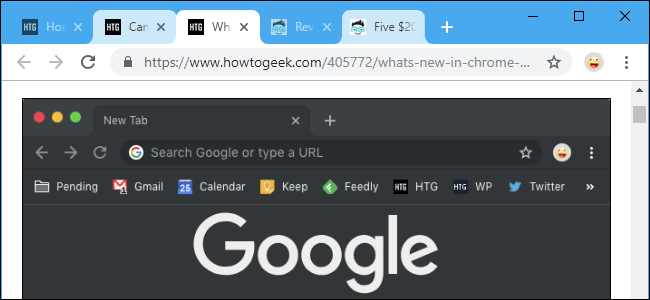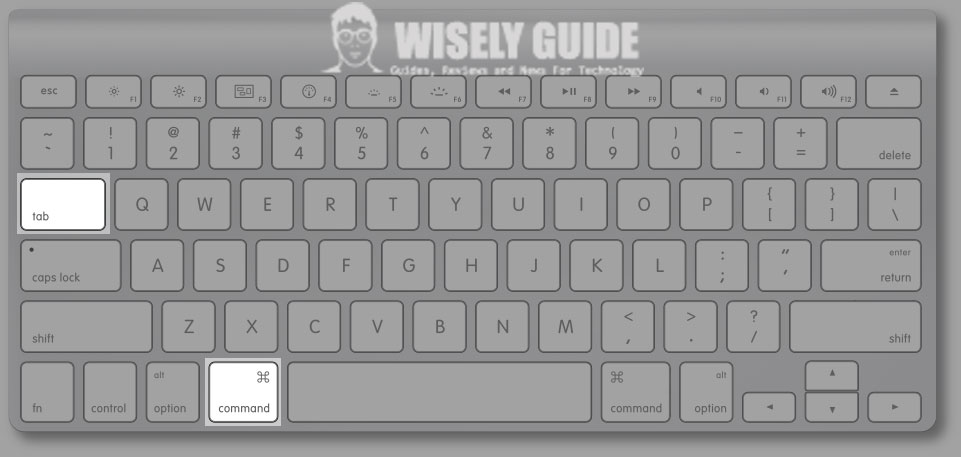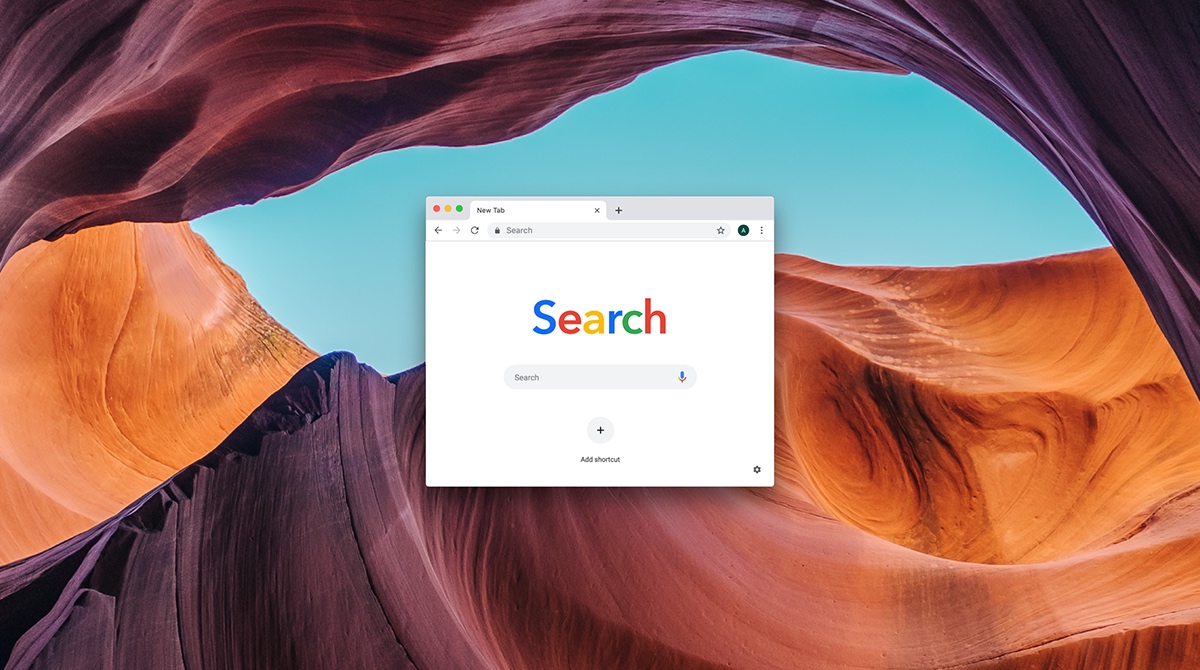
- Mac shortcut for closing tab chrome how to#
- Mac shortcut for closing tab chrome mac os x#
- Mac shortcut for closing tab chrome full#
- Mac shortcut for closing tab chrome windows#
Reload current page, ignoring cached contentįind next match for your input in the find-in-page boxįind previous match for your input in the find-in-page box Highlight content in the web address area Google Chrome prompts you to press Tab if it recognizes the search engine you're trying to use. Perform a search using the search engine associated with the keyword or the URL. Type a search engine keyword or URL, press Tab, then type a search term Type the part of the web address that's between 'then press Ctrl+EnterĪdd to your input in the address bar and open the web address Perform a search using your default search engine Open a file from your computer in Google Chrome The number you press represents a position on the tab strip. Switch to the tab at the specified position number. Open link in a new tab in the specified position on the tab strip Google Chrome remembers the last 10 tabs you've closed. Option may be needed to pan contents of window with hand (Finder) on 10.Reopen the last tab you've closed. Pan contents of window with hand (Finder) Switch to that application and hide previous appĭrag window without bringing it to front (requires application support to work behind dialogs)
Mac shortcut for closing tab chrome mac os x#
Replace (in “Do you want to replace this file” dialog, Mac OS X only) While navigating, opens folder under mouse immediately (with spring-loaded folders enabled)Įxpand selected window and close all othersĮxpand selected window and collapse all othersĪctivate selected window and expand all othersĭefault button (if there are no text fields that use returnĭon’t save (in save/cancel/don’t save dialog) (In disclosure triangle) expand or collapse all folders within that window Open selected item, closing current folder
Mac shortcut for closing tab chrome windows#
On Mac OS X, when nothing is selected and no windows are open, open the desktop folder Make desktop the active window, select parent volume Open parent folder, closing current folder On Mac OS X, when nothing is selected and no windows are open, open User directory Recursively close folder and nested folders in list view Recursively open folder and nested folders in list view The windows’ states aren’t changed to closed, as they will be reopened if you reboot again.Ĭlose all open finder windows (except popup windows)Ĭlose all open finder windows (including popup windows) Do not open Finder windows when launching Finder. (whenever Classic Finder sees a new disk) Rebuild Desktop (10.x only) Disable auto-login, forcing login window

Switch to the next most recently used app among your open apps. Use Quick Look to preview the selected item.


Mac shortcut for closing tab chrome full#
Use the app in full screen, if supported by the app. Show the Character Viewer, from which you can choose emoji and other symbols.
Mac shortcut for closing tab chrome how to#
Learn how to change a conflicting keyboard shortcut. (If you use multiple input sources to type in different languages, these shortcuts change input sources instead of showing Spotlight. To perform a Spotlight search from a Finder window, press Command–Option–Space bar. To close all windows of the app, press Option-Command-W. Open the selected item, or open a dialog to select a file to open.Ĭlose the front window. To minimize all windows of the front app, press Option-Command-M. To view the front app but hide all other apps, press Option-Command-H. To find the previous occurrence, press Shift-Command-G. In some apps, you can undo and redo multiple commands.įind items in a document or open a Find window.įind Again: Find the next occurrence of the item previously found. You can then press Shift-Command-Z to Redo, reversing the undo command. Paste the contents of the Clipboard into the current document or app. Cut selected item and copy it to the clipboard.Ĭopy the selected item to the Clipboard.


 0 kommentar(er)
0 kommentar(er)
